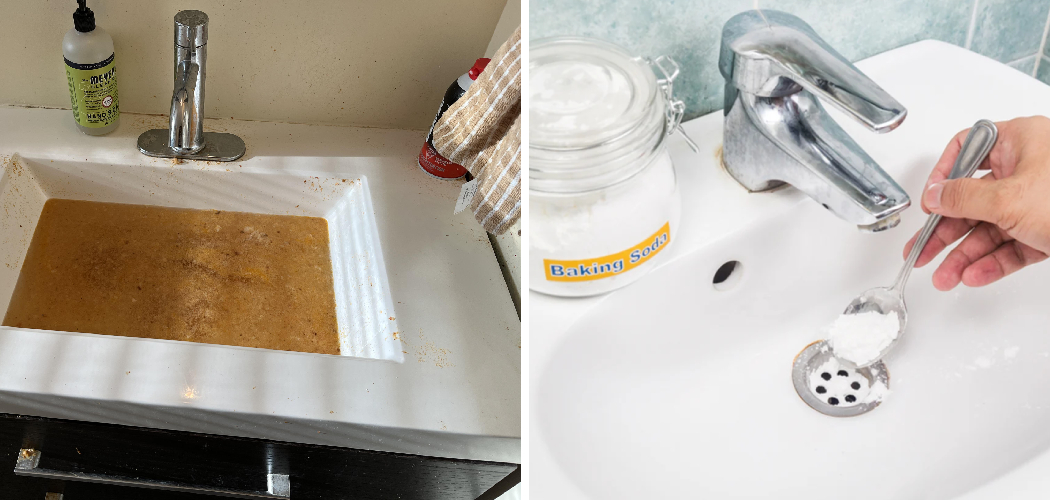Are you dealing with an unpleasant situation where someone has vomited in your bathroom sink? Don’t panic. This guide will walk you through the steps on how to drain vomit from bathroom sink.
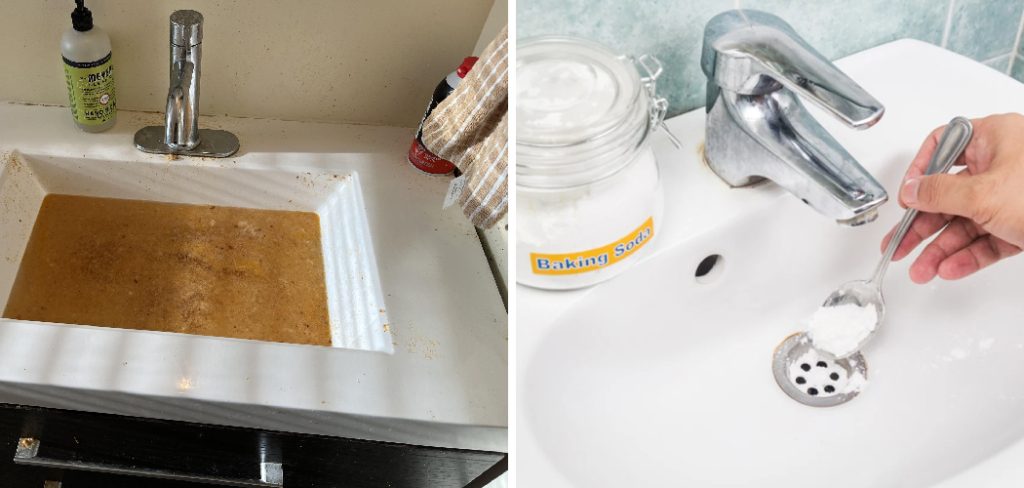
Dealing with vomit in a bathroom sink can be an unpleasant and challenging task. However, addressing the issue promptly is crucial to maintain hygiene and prevent any long-lasting damage to your plumbing.
This guide will provide you with a step-by-step approach to efficiently and effectively clear vomit from your bathroom sink. Whether you are faced with this task unexpectedly or you’re preparing for future mishaps, these instructions will help you manage the cleanup process smoothly and restore cleanliness to your bathroom. Let’s get started!
What Will You Need?
Before you begin, it’s essential to gather all the necessary materials for this task. Here’s a list of items you’ll need:
- Rubber gloves
- Paper towels or old rags
- A bucket or large container
- Baking soda
- Vinegar
- Hot water
Once you have all these items, you’re ready to start the cleaning process.
10 Easy Steps on How to Drain Vomit From Bathroom Sink
Step 1: Put on Your Rubber Gloves
Safety and hygiene are paramount when dealing with vomit. Begin by putting on a sturdy pair of rubber gloves to protect your hands from direct contact with the vomit and any cleaning agents you use. Having gloves on will also provide a barrier against bacteria and any potentially harmful substances present.
Ensure the gloves fit snugly and are free from tears or holes for maximum protection. Once you’ve got your gloves on, you’re ready to move to the next step—taking a deep breath can also help if you’re sensitive to unpleasant odors.
Step 2: Remove the Solid Matter
Using paper towels or old rags, carefully remove as much solid matter from the sink as possible. Dispose of the soiled towels or rags in a plastic bag that can be securely sealed later. This step is crucial as it prevents solid particles from clogging the drain and makes the subsequent cleaning steps more effective.
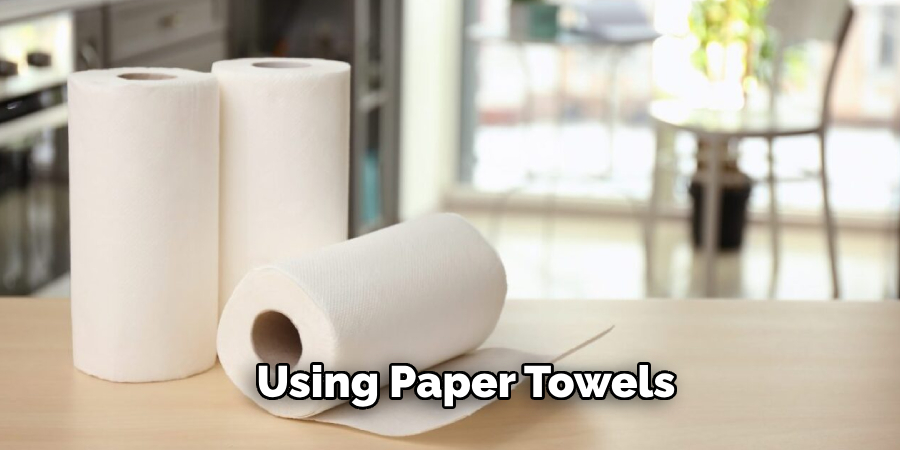
Be sure to handle the vomit gently to avoid splashing and further spreading contaminants. Once the solid matter is cleared away, you can proceed to the next step.
Step 3: Rinse the Sink with Water
After removing the solid matter, carefully rinse the sink with warm water to wash away any residual particles. Use a gentle stream to avoid splashing. Work from the sides of the sink towards the drain, ensuring any remaining matter is flushed into the drain. This step helps prepare the sink for deeper cleaning and ensures that the surface is adequately prepped for the cleaning agents you’ll use next.
Step 4: Sprinkle Baking Soda
Generously sprinkle baking soda over the entire sink area, focusing on the areas with any remaining residue. Baking soda is a powerful yet gentle abrasive that will help to break down any lingering matter and neutralize odors.
Allow the baking soda to sit for a few minutes to start working its magic. This will not only assist with cleaning but also aid in deodorizing the sink, making the task more manageable and leaving the bathroom smelling fresh.
Step 5: Pour Vinegar Over the Baking Soda
Carefully pour vinegar over the baking soda in the sink. The reaction between the baking soda and vinegar will create a fizzing action that helps to lift and break down any remaining vomit particles and residue. This natural cleaning reaction is effective at both cleaning and deodorizing. Allow the mixture to sit and fizz for a few minutes. This process will effectively sanitize the sink and make it easier to rinse away any remaining debris.
Step 6: Scrub the Sink
Using a scrub brush or an old toothbrush, scrub the sink. Focus on areas where residue is most visible or where stains have formed. The baking soda and vinegar mixture will provide enough abrasive action to remove stubborn residue without damaging the sink’s surface. Be thorough in your scrubbing to ensure all areas are clean.
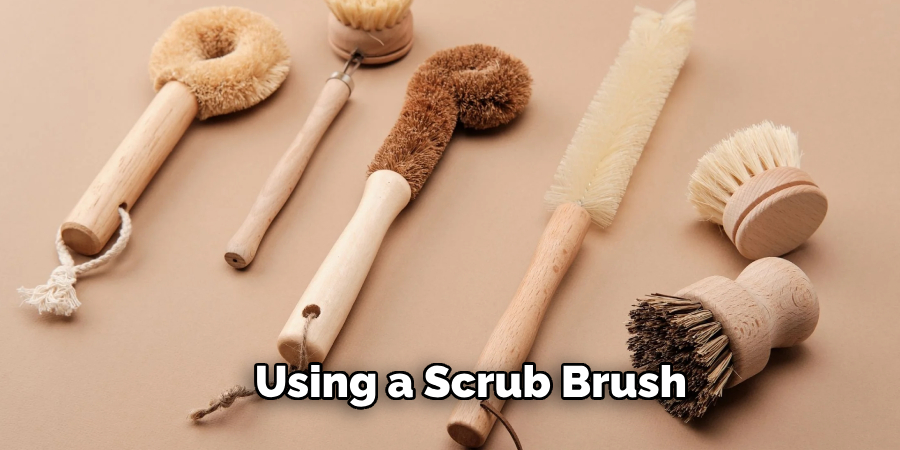
Once satisfied, rinse the sink with warm water to wash away the remaining cleaning solution and any lifted particles.
Step 7: Flush the Drain with Hot Water
Boil a kettle of water and carefully pour it down the drain. This will help to clear the drain of any small particles and vomit residue that might have gone down during the cleaning process. Additionally, the hot water will assist in moving any congealed materials through the pipes, reducing the risk of clogs. Make sure to pour the hot water slowly to avoid any splashback.
Step 8: Clean the Faucet and Handles
Remember to clean the faucet and handles as well. Using a cloth or sponge dipped in vinegar solution, wipe down these areas thoroughly. These touchpoints can harbor bacteria, especially when dealing with vomit. Ensure they are cleaned and disinfected properly to prevent any potential health hazards. Rinse with warm water and dry with a clean cloth.
Step 9: Dispose of Cleaning Materials
Safely dispose of all used paper towels, old rags, and other cleaning materials by sealing them in a plastic bag and placing them in the outside trash. This step is vital to prevent the spread of bacteria and unpleasant odors in your home. Remove your gloves and wash your hands thoroughly with soap and water after disposing of the cleaning materials.
Step 10: Ventilate the Bathroom
Finally, open windows or turn on the bathroom fan to ventilate the area. Proper ventilation will help to dissipate any lingering odors and dry out the sink, preventing any further issues with moisture.
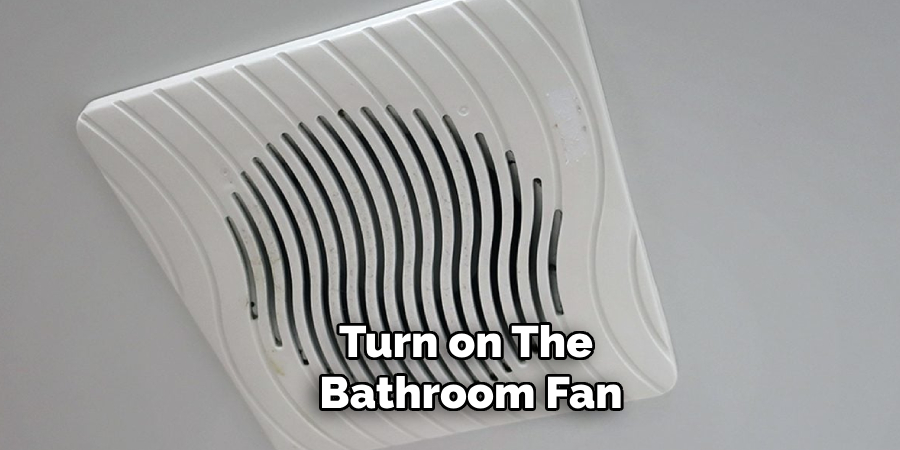
Allow the room to air out for a few minutes, ensuring everything is fresh and clean. Once complete, your bathroom sink should be fully restored to its original state.
By following these ten easy steps, you can effectively and safely drain vomit from your bathroom sink.
5 Additional Tips and Tricks
- Use a Plunger: A reliable plunger can often do the trick. Cover the sink overflow hole with a wet cloth to create a seal, and plunge vigorously to dislodge the blockage.
- Baking Soda and Vinegar: Pour half a cup of baking soda down the drain, followed by a cup of white vinegar. Allow the mixture to fizz and sit for at least 15 minutes before flushing with hot water.
- Boiling Water: Carefully pour boiling water down the sink in phases. The heat can help break down any organic matter causing the blockage and flush it away.
- Plumbing Snake: For stubborn clogs, a plumbing snake (or drain auger) can be inserted into the drain to physically break up or retrieve the material causing the blockage.
- Dish Soap and Hot Water: Squeeze a good amount of dish soap into the drain, followed by a kettle of hot water. The soap can help dissolve greasy substances and the hot water will help flush it through the pipes.
With these additional tips and tricks, you can try different methods to unclog your sink and find what works best for your specific situation.
5 Things You Should Avoid
- Using Chemical Drain Cleaners: While it might seem like a quick fix, chemical drain cleaners can corrode your pipes over time and potentially cause more damage. They can also harm your skin and eyes if not handled properly.
- Ignoring the Overflow Hole: Many bathroom sinks have an overflow hole that can help release pressure and prevent water from spilling over. Blocking this hole during the draining process can complicate the situation and make matters worse.
- Forcing Objects Down the Drain: Trying to push objects or debris down the drain with utensils or other items can damage your pipes and worsen the blockage. Physical obstructions should be carefully removed, not forced further into the plumbing system.
- Using Scalding Hot Water Alone: While hot water can help dissolve greasy substances, using extremely hot water alone may not be effective against vomit, which contains solid pieces that can block the drain. Hot water should be part of a combined strategy.
- Ignoring Persistent Problems: If your sink frequently gets clogged, this might indicate a deeper issue within your plumbing system. Continuously ignoring persistent clogs can lead to significant damage and higher repair costs in the long run. If you’re facing regular blockages, it may be time to consult a professional.
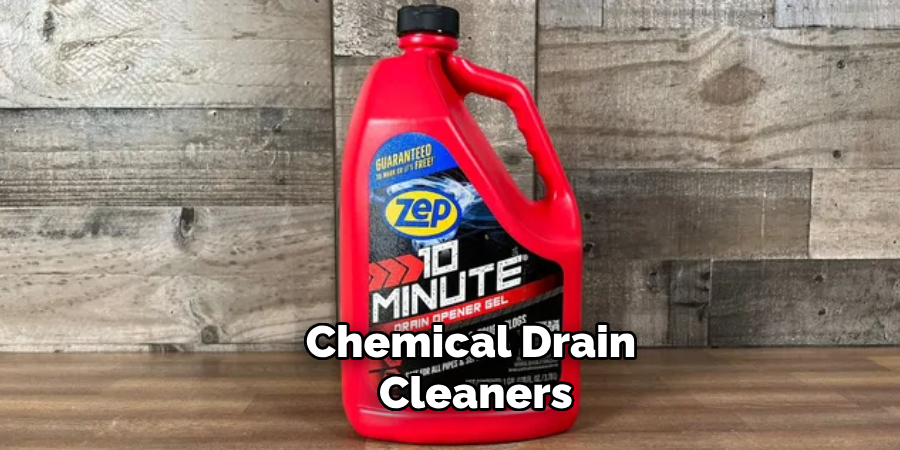
By avoiding these things, you can prevent potential damage and effectively deal with sink clogs without causing harm to yourself or your plumbing system.
Conclusion
How to drain vomit from bathroom sink can be an unpleasant task, but following the right methods can make the process more manageable.
Utilizing tools such as a plunger or a plumbing snake can help dislodge stubborn blockages, while common household ingredients like baking soda, vinegar, and dish soap can break down organic material and grease.
Avoid the use of harsh chemical drain cleaners and never force objects down the drain, as these actions can cause more harm than good. Most importantly, if frequent clogs persist, seeking the expertise of a professional plumber may be necessary to address any underlying issues.
Adhering to these tips and avoiding common pitfalls can effectively clear your bathroom sink and maintain a smoothly functioning plumbing system.

